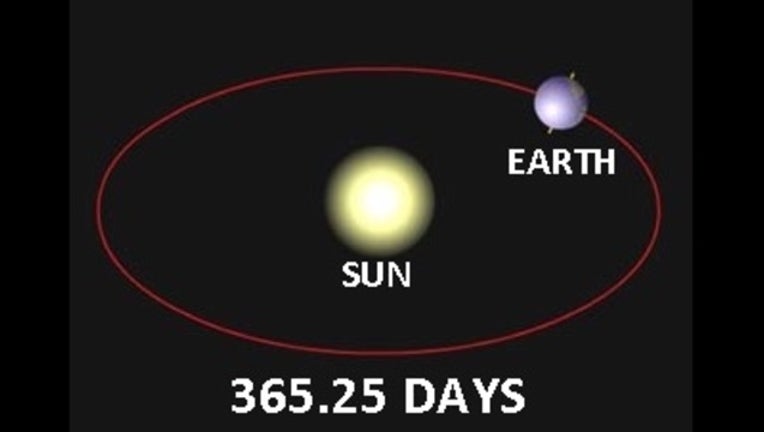The reason behind a leap year

KMSP - It’s the month of February in a year divisible by 4 which means it’s time for another leap day, a year where our shortest month gets an extra day. Normally our calendar year is 365 days, but on leap years we add an extra day because Earth’s trip around the sun is not exactly 365 days, which is what the calendar represents. The trip around the sun takes roughly 365 and a quarter days, or 365 days, 5 hours, 47 minutes, and 47 seconds to be precise. So to prevent our calendar from getting out of whack and June becoming a winter month in a few hundred years, we just add an extra day.
This current calendar is called the Gregorian calendar which came about in the Roman Empire and is the most accurate calendar to date. It was created to fix the Julian calendar which was developed by Julius Caesar himself in 46 BC. But the Julian calendar wasn’t quite right because simply adding a leap year every 4 years would increase the calendar by too many days. If you refer back to exactly how long it takes to revolve around the sun (just slight under 6 hours), adding an extra day every 4 years will actually give you a surplus of days about every century. So to account for this, Pope Gregory XIII stepped in with his mathematicians and created the Gregorian calendar which has leap years every 4 years EXCEPT on century years that are not divisible by 4. This is why the year 2000 was a leap year, but not 1700, 1800, or 1900. Now, instead of the calendar jumping ahead a day every 128 years, it takes more than 5000 years to be off a day.

